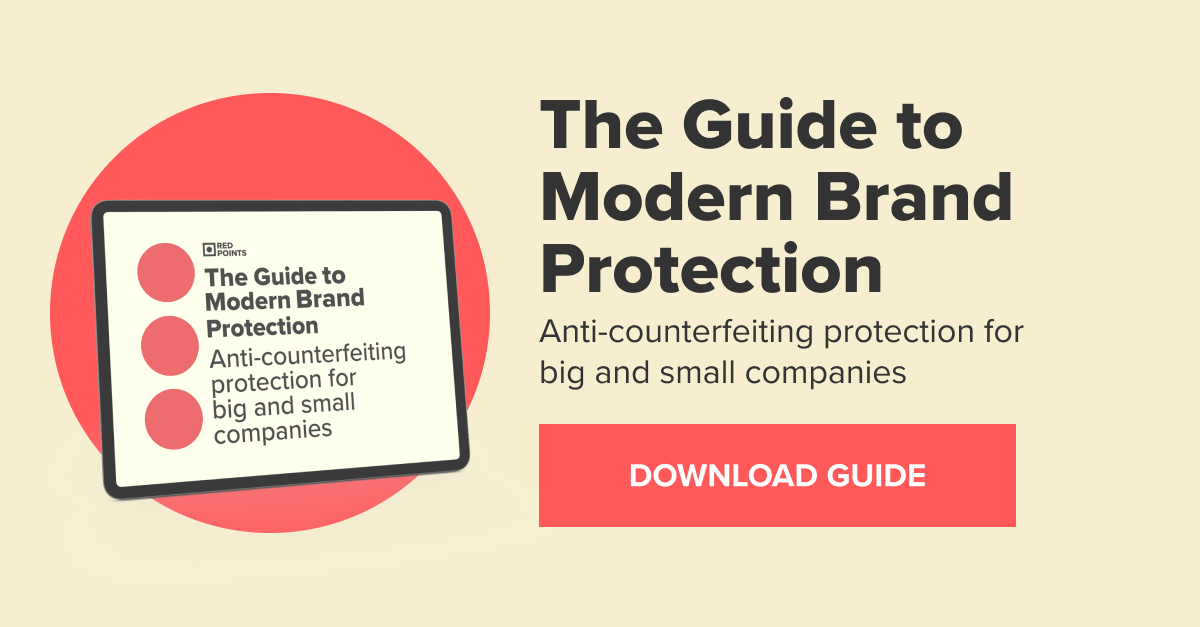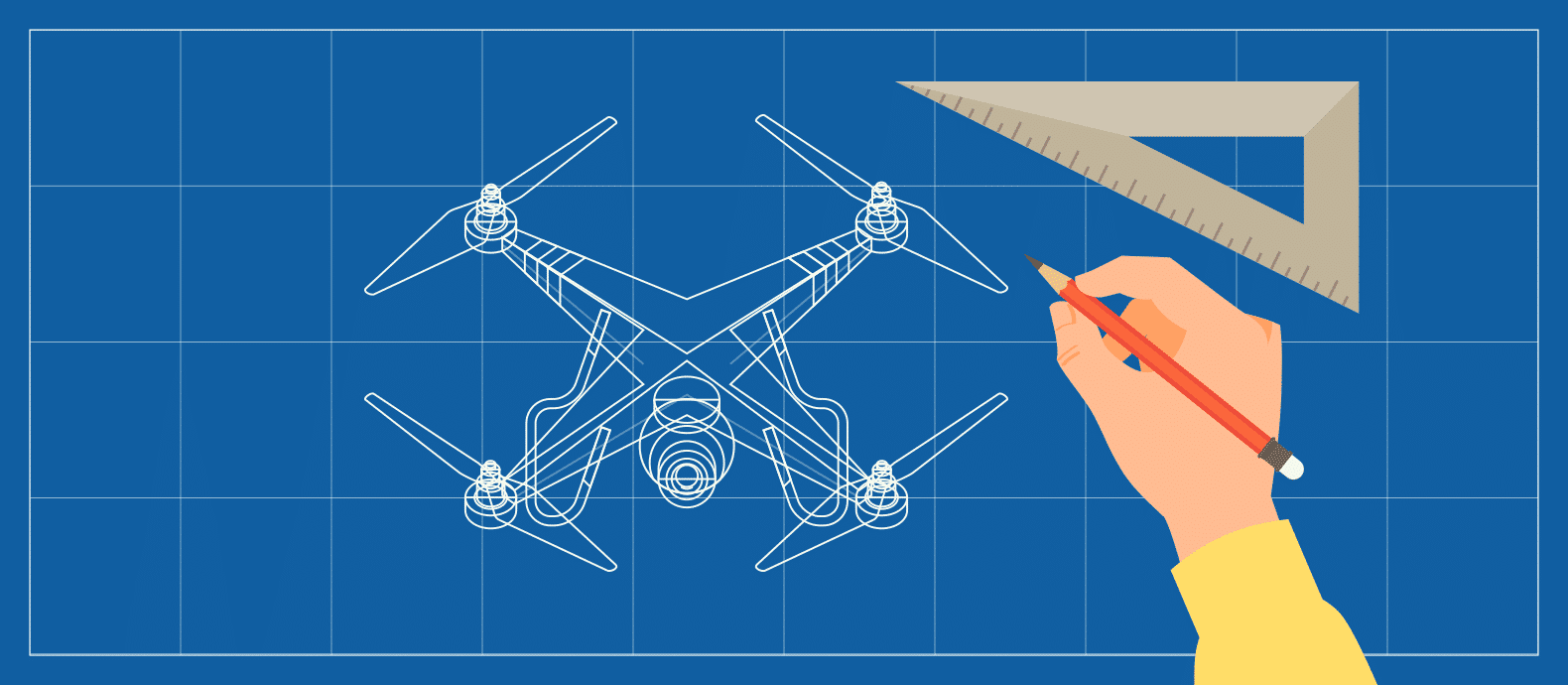Last updated on: June 8, 2022
Red Points examines what are the requirements of patentability, what patent holders need to show to successfully sue for patent infringement under 35 U.S. Code § 271, and defenses available to the accused in a patent infringement lawsuit.
SUMMARY
- To obtain a utility patent for an invention the claimed subject matter must: 1) be a patent-eligible process, machine, manufacture, or composition of matter, 2) be useful, 3) be novel, 4) be non-obvious; and 5) fulfill the written description and enablement requirements, such that person of ordinary skill in the art can understand, make and use the invention without engaging in undue experimentation.
- To be infringing a patent, under 35 U.S. Code § 271, the accused party must infringe on the patent owner’s exclusive right by making, using, offering to sell, or selling the patented invention in the United States, or importing into the United States the patented invention during its patent term without authority.
- To successfully sue for patent infringement, the patent owner must show that each and every element of a patent claim is present literally in the accused product or process, or if the patent owner can show that the accused product or process perform substantially the same function in substantially the same way to obtain the same result as the claimed invention, the accused product or process.
Patent infringement lawsuits are extremely expensive and complex for both sides, the patent holders and the accused parties. This article provides a brief overview of the patent infringement analysis and defenses available against patent infringement to help better understand its intricacies.
Patentability Requirements in the United States
In the United States, to obtain a utility patent for an invention the claimed subject matter must satisfy the following requirements:
1) The claimed subject matter must be patent-eligible subject matter under 35 U.S. Code § 101, that is, a process, machine, manufacture, or composition of matter. Laws of nature, natural phenomena, and abstract ideas are excluded from patentable subject matter as these building blocks of knowledge are highly valuable, and it would be detrimental to innovation to allow one person to have the exclusive rights to them.
2) The claimed subject matter must be useful: An invention would need to be “totally incapable of achieving a useful result” to lack utility under 35 U.S. Code § 101, hence, this requirement is very easy to meet. Brooktree Corp. v. Advanced Micro Devices, Inc., 977 F.2d 1555, 1571 (Fed.Cir.1992).
3) The claimed subject matter must be novel: A claim lacks novelty or is anticipated by prior art under 35 U.S. Code § 102, only if “each and every element as set forth in the claim is found, either expressly or inherently described, in a single prior art reference.” Verdegaal Bros. v. Union Oil Co. of California, 814 F.2d 628, 631, (Fed. Cir. 1987).
4) The claimed subject matter must be non-obvious: Under 35 U.S. Code § 103, the claimed invention would be obvious “if the differences between the subject matter sought to be patented and the prior art are such that the subject matter as a whole would have been obvious at the time the invention was made to a person having ordinary skill in the art.” The obviousness burden is often the hardest to meet.
5) The claimed subject matter must fulfill the written description and enablement requirements under 35 U.S. Code § 112, such that person of ordinary skill in the art can understand, make and use the invention without engaging in undue experimentation.
35 U.S. Code § 271 Patent Infringement Analysis: Literal Infringement and the Doctrine of Equivalents
A valid patent gives the patent owner the right to exclude others from making, using, selling, or importing the invention. Therefore, under 35 U.S. Code § 271, to successfully sue for patent infringement, the patent holder must show that the accused party infringed on the patent owner’s exclusive right by making, using, offering to sell, or selling the patented invention in the United States, or imported into the United States the patented invention during its patent term without authority. The patent owner also needs to show that each and every element of a patent claim is present literally or equivalently in the accused product or process. For example, in Larami Corp. v. Amron, 27 U.S.P.Q.2d 1280 (E.D. Pa. 1993), the Super Soaker did not have the claimed “elongated housing having a chamber therein for a liquid,” on the contrary, the Super Soaker had a separate and detachable water tank, therefore, the Super Soaker was not found to be literally infringing. However, it is important to note that if the accused product or process literally has all the claimed elements, it will literally infringe on the patent even if it adds new features to its product or process that were not claimed in the patent.
In the absence of literal infringement, the patent owner may still succeed in making a showing of patent infringement under the doctrine of equivalents. Under the doctrine of equivalents, if the accused product or process perform substantially the same function in substantially the same way to obtain the same result as the claimed invention, it would be found infringing. Graver Tank & Mfg. Co. v. Linde Air Products Co., 339 U.S. 605 (1950). The doctrine of equivalents must be applied to each element of a claim to show that each claimed element of the patented invention, or its substantial equivalent, is present in the accused product or process. Warner-Jenkinson v. Hilton Davis Chemical Co., 520 U.S. 17 (1997).
Additionally, there is no intent requirement to prove patent infringement. Accordingly, if the requirements of patent infringement above are satisfied, an accused party may be found to be infringing on a patent even if they did not intend to do so, for example, by being unaware of the existence of the patent. However, the court is more likely to award severe damages if the infringement is willful.
Defenses to Patent Infringement
The following defenses are available to the party accused of patent infringement:
- Non-infringement: The accused party can argue that the patent owner has failed to show that their product or process infringes upon the patent’s claims by poking holes in the patent holder’s infringement analysis, for example, by negating their arguments for literal or equivalent infringement.
- Patent Claim is Invalid: Another way to defend against patent infringement is to argue that the patent claim, which is allegedly being infringed, is invalid because it does not satisfy any of the five patentability requirements discussed above: patentable subject matter, utility, novelty, non-obviousness, and enablement. However, at the litigation stage, there is a presumption of validity of patent claims, so the accused party would need clear and convincing evidence, a higher burden of proof, to successfully show that the patent claim in question is invalid.
- Experimental use: Under common law, experimental use defense is only allowed if the accused was using the patented invention for amusement, to satisfy idle curiosity, or for strictly philosophical inquiry. This is a very narrow defense and does not apply when the use is even slightly commercial in nature.
- 35 U.S.C. § 271(e)(1) Safe Harbor: Under 35 U.S.C. § 271(e)(1), there is no patent infringement if the accused only used the patented invention (other than a new animal drug or veterinary biological product) “solely for uses reasonably related to the development and submission of information under a Federal law which regulates the manufacture, use, or sale of drugs or veterinary biological products.” This defense, also known as the safe harbor provision, immunizes the accused party from infringement lawsuits for activities that are undertaken in order to submit information to the Food and Drug Administration (“FDA”).
- Inequitable conduct: Instead of arguing that a particular patent claim is invalid because it does not satisfy the patentability requirements outlined above, the accused can also argue as a defense that the patent owner engaged in inequitable conduct during the prosecution of the patent application, which will invalidate the whole patent. Because the presumption of validity of a patent applies, the accused would also need to show inequitable conduct using the higher clear and convincing evidence standard. Whether or not the patent holder engaged in inequitable conduct is a question of law, and therefore, is decided by the presiding judge. However, the jury determining patent infringement can make an advisory verdict on this for the judge to take into consideration. To successfully prove that the patent holder engaged in inequitable conduct the accused needs to show the following elements:
- Actions that qualify as Inequitable Conduct: To be inequitable conduct the patent holder must have failed to disclose material information to the United States Patent and Trademark Office (USPTO), such as prior art, submitted materially false information to the USPTO, or affirmatively misrepresented material information to the USPTO.
- Materiality: The accused would need to show that “but for” the inequitable conduct the patent holder engaged in during the prosecution of the patent application, the patent claim would not have issued.
- Intent to deceive the USPTO: The accused must also show that the patent holder’s actions, for example, their failure to disclose prior art to the USPTO, was not an unintentional mistake on their part, but by doing so they intended to deceive the USPTO. This intent can be show using direct evidence, such as some sort of documentation admitting deception, or via inference. However, in the absence of any direct evidence, such an intent to deceive the USPTO can only be inferred if it is the single most reasonable inference.


